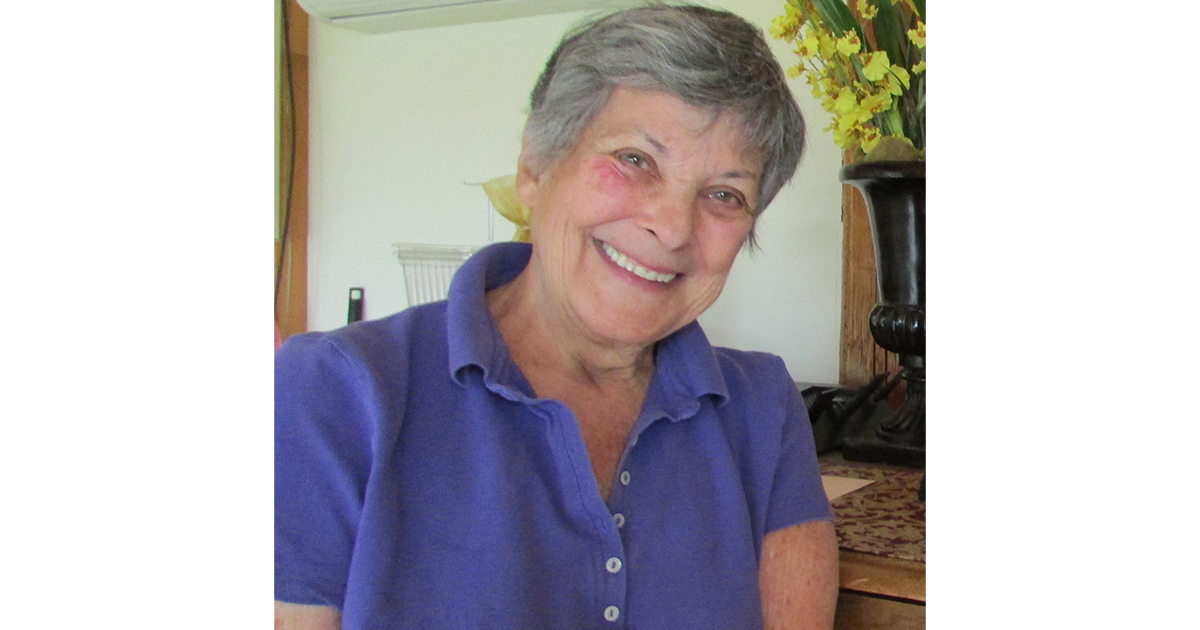The price of a litre of gas in and around Montreal is about $1.70. Last month it was $1.54. Next month is a crap shoot. These days, it’s always a crap shoot.
Traditionally in Quebec, the price of crude oil would comprise 39 per cent of the litre price. Taxes come next at 35 per cent. Then refining costs at 20 per cent and finally marketing and distribution – 6 per cent of the litre price. Our gas taxes are more than twice as high as those in the US. One other little fact: Quebec, along with the Atlantic provinces, regulates the price of gas. An unregulated marketplace is the best way to ensure competitive pricing — regulated price stability usually comes at the expense of higher prices at the pump.
In the olden days, the price of crude was pretty stable: from the end of WW2 till the mid 1970s, a barrel of crude sold for about $30. Then came the Organization of Petroleum-Exporting Countries (OPEC) – 13 middle eastern and African countries that formed a cartel in the 1960s in order to fix the supply and price of oil. It could do this because the group was by far the biggest producer and exporter of crude, especially Saudi Arabia which alone produces 10 million of the roughly 90 million barrels a day that the world uses.
The first OPEC oil shock in 1974 doubled the price into the $60 range. The second oil shock at the end of the 1970s doubled the price again and then some – in October, 1980, a barrel of oil sold for US$140. There followed lots of ups and downs in demand and supply depending on whether an economy was in recession or not, and lots of manipulation by OPEC.
In 2016, when a barrel of crude was selling for about $45, OPEC joined forces with 10 other oil producers to form OPEC+. Among the ten other countries are Mexico and Russia. Mexico uses all its oil. Russia can produce 11 million barrels a day. Despite sanctions, Russia hasn’t experienced a huge decline in production and is exporting between 8 and 9 million b/d, mostly to China.
Last week OPEC+ decided to cut oil production by 2 million b/d starting in November – still a few weeks away. Of course the price at the pump immediately jumped. Who do you suppose gets that extra money?
But there’s more weird stuff. The world is cobbled together over generations on the economic principle of comparative advantage – produce the goods you can produce cheaper than your trading partners and trade for the goods that they can produce cheaper than you. That’s why the oil business looks like it does, with the United States and Canada having enough oil to be self-sufficient, but still importing from and exporting to other countries because some other economic goal made it make sense.
The question is, does it still make sense now that everything has become politicised and some commodities – like oil – have been weaponized?
Why does the US export 8 million b/d, half to Canada, but import 8 million b/d, 20 per cent of it from Saudi Arabia and Russia?
Why does Canada export 3 million b/d mostly to the US but import 1.5 million b/d from the US? Why does Canada, which has more oil reserves than almost any other country import more than 1 million b/d from Saudi Arabia and Iran?
Last week’s supply cut exacerbates tensions between Saudi Arabia and the U.S. – does it constitute attempted political interference in the American midterm elections where President Biden has been trying to rein in prices at the gas pump? And the cut in oil production helps Russia — its economy is based on energy revenues, now critical to its war effort in Ukraine.
What does it all have to do with past political decisions about pipelines and long-term
investment goals and climate change? Who is thinking about different long-term
arrangements for energy? Another crap shoot?
Dian Cohen, C.M., O.M., economist
cohendian560@gmail.com
Subscribe now for full story and others.






